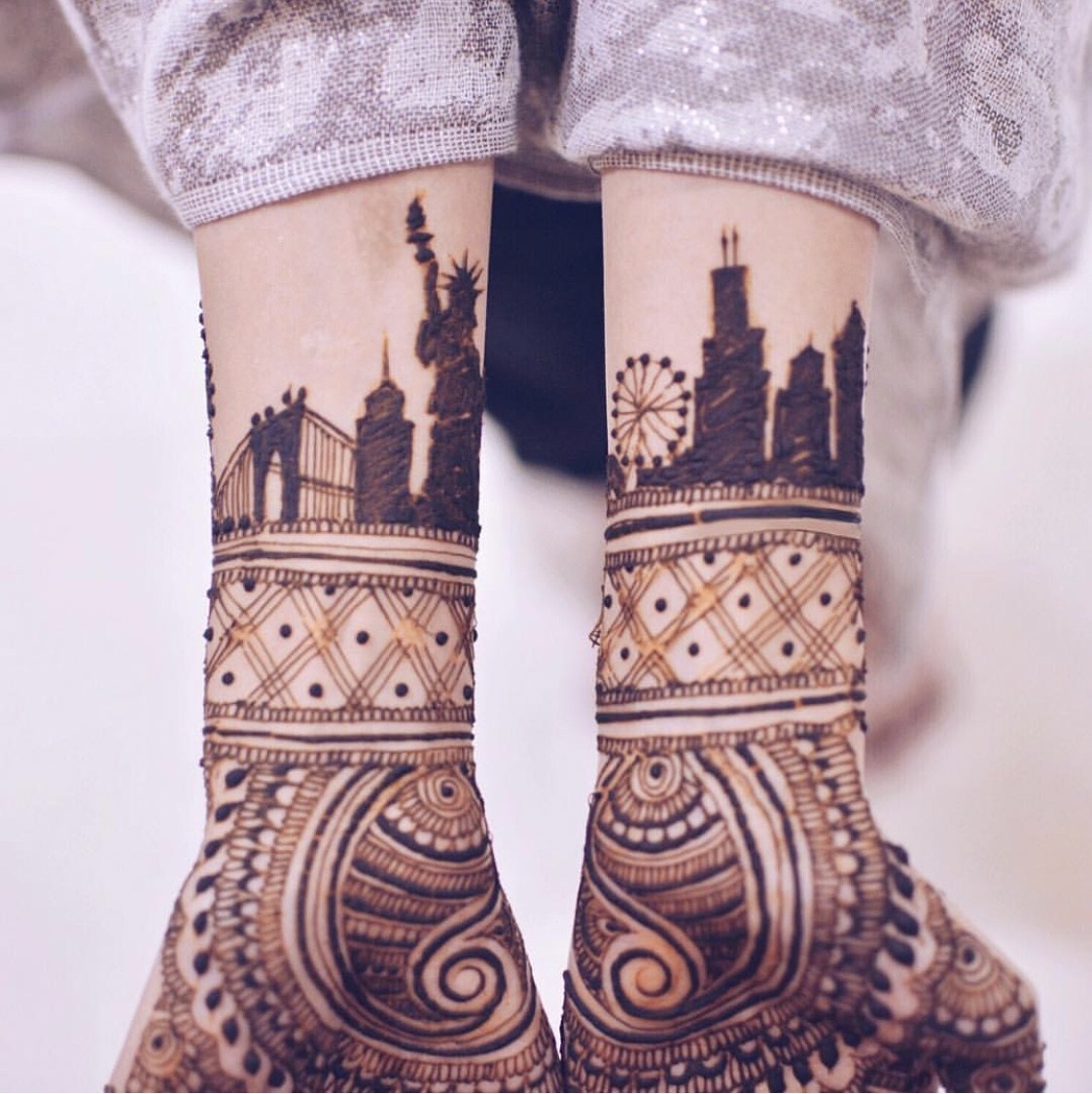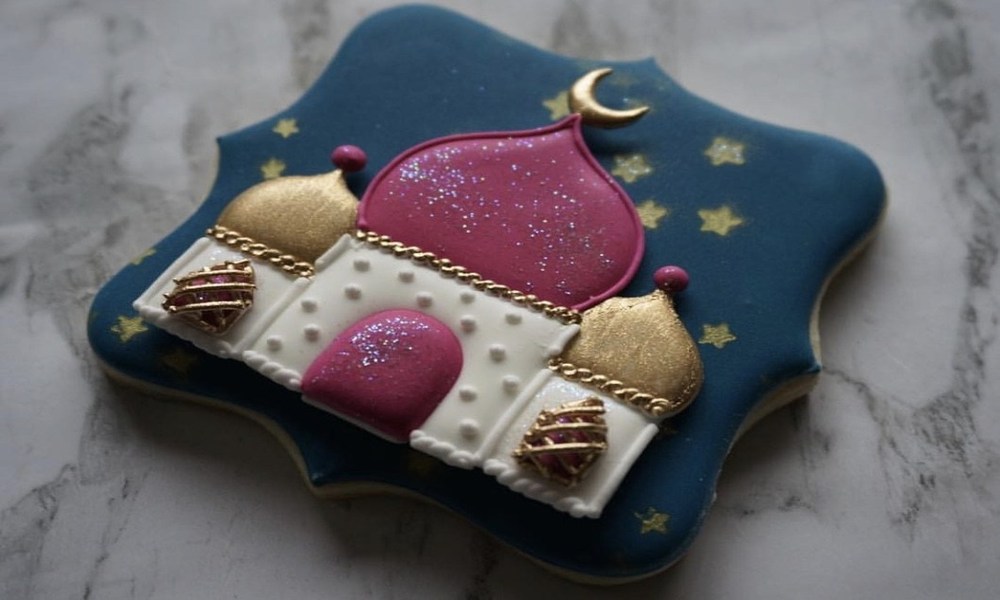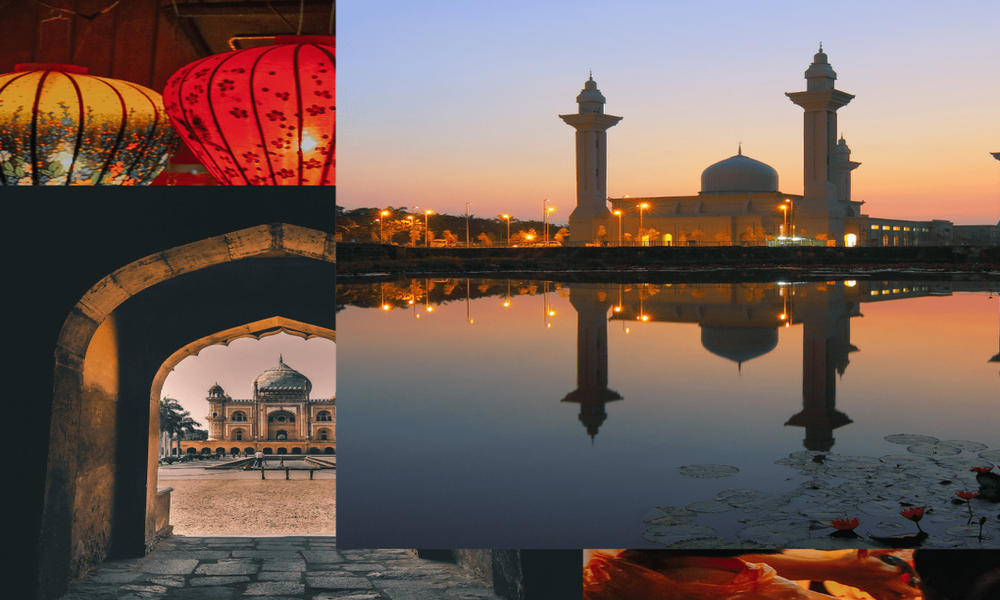Ramadan Mubarak, friends! Ramadan, as we all know, brings a lot of iftar parties, events at your local mosques and then events leading up to Eid like Chaand Raat festivities. We were going through the process of ordering decor and desserts for our iftar party and realized there aren’t many posts to refer back to while shopping for decor, desserts, food and all that you need to host.
View this post on Instagram
So, we wanted to take this opportunity to do a round-up of some businesses that were shared with us on Instagram and some that we came across. Honestly, we were shocked that there are so many talented and unique businesses in our community that cater to Ramadan and Eid needs. Ramadan decor, personalized items, baked goods, food, handmade tasbeehs, arts and crafts for kids, you name it—we’ve got em’ all, MashaAllah.
To be clear, this is not a review of one business in particular but more of a roundup of small businesses that cater to our Ramadan and eid needs. If you do end up trying one of these, let us know! Let’s get started, shall we?
Businesses in the United States
Catering Vendors
- Cake Beast Manti (New York, New York)
- Chai Shai USA (Monmouth Junction, New Jersey)
- Eat Offbeat (New York, New York)
- Get Set Ruby (New York, New York)
- Halal Korner (Dallas, Texas)
- Hatam Cuisine (Mission Viejo, California)
- Illy Cakes (New York & New Jersey)
- Monsoon Sweets (Brooklyn, New York)
- Ruj Bakes (Old Bridge, New Jersey)
- Saffron & Sugar (DC, Maryland, Virginia area)
- Sarah Moin Khan (Toronto, Rochester NY)
- Savvy Chef (California)
- Shaikh Catering (Hillsborough, New Jersey)
- St Desserts and Decor (New Jersey, New York, Pennsylvania)
- Sugar Rush Cupcakez (New York, New York)
- Sweet Tooth by Tami (New York, New York)
Henna Artists
- BaajiH (DC, Maryland, Virginia area)
- Henna by Hira (Edison, New Jersey)
- Henna Art by Hira (Irving, Texas)
- Henna By Momi (Marlborough, Connecticut)
- Henna by Sana (Charlotte, North Carolina & Columbus, Ohio)
- Henna by Semanti (New York, New Jersey & Connecticut)
- Henna by Uroosa (Atlanta, Georgia)
- Henna Creations (Hillsborough, New Jersey)
- Henna in NYC (New York, New York)
- Henna Styles by Hina (Emeryville, California)
- Henna with Amna (New York & Long Island)
- Maliha’s Mehndi Masterpiece (Bridgewater, New Jersey)
- Mehndispiration by Hira (New Brunswick, New Jersey)
- Mehndi by Maliha (Chicago, Illinois)
- Mehndi by Sonz (Hoffman Estates, Illinois)
- Moniza Abbasi (Aurora, Illinois)
- Sharmeen does Henna (Glendale Heights, Illinois)
- Sid’s Beauty Blend (Freehold Township, New Jersey)
- Wardah Zoha (Chicago, Illinois)
Home Decor + Event Planners
- Crown Your Occasions: Decor (California and Texas)
- Eternitea Wares: Chai/Coffee Cups (New Jersey)
- Gupshup Greetings: Stationary + Islamic Decor (New York, New York)
- Handmade by Manizhe: Custom Artwork (Chicago, Illinois)
- Hand Crafted by Jessy: Signs & Decor (Carle Place, New York)
- Ilmspiration: Islamic Decor (Chicago, Illinois)
- Inkpired Boutique: Islamic Decor (Houston, Texas)
- Irmeen’s Ink: Islamic Decor (San Diego, California)
- Just To Say Hello: Islamic Decor ( Georgia & California)
- The Paint ProjeKt: Calligraphy (Los Angeles, California)
- The Rustik Home: Islamic Decor (Irvine, California)
- Styled by Sahana: Event Planner (Detroit, Michigan)
Craft Kits + Eid Gifts
- Kishmish: Greating Cards (Chicago)
- Noors Knits (Cleveland, Ohio)
- Over The Moon Creationz: Personalized gifts (Houston, Texas)
- Ramadan Crafts (Ohio, Delaware)
- Salaam Giftery (Seattle, WA)
- SC Design Treasures: Handmade Envelopes (Orlando)

Businesses in Canada
Catering Vendors
- Cake Architect (Milton, Ontario)
- Chai Stap (Toronto, Ontario)
- Frosting by Feroze (Toronto, Ontario)
- Kitty Cat Confectionery (Mississauga, Ontario)
- Sab Bakes (Milton, Ontario)
- Sweet Wonders (Mississauga, Ontario)
Henna Artists
- Henna by Neda (Toronto, Ontario)
- Henna Harmony (Toronto, Ontario)
- The HOB Spa (Hamilton, Ontario)
- Live Love Henna (Toronto, Ontario)
- Sonia’s Henna Art (Toronto, Ontario)
Home Decor + Event Planners
- Beautiful Beginnings: Event Decor & Design (GTA, Canada)
- Hera Events Decor: Event Planning (Ottawa, Ontario)
- Meeshti Events (Toronto, Ontario)
- Sidra and Co: Islamic Decor (Toronto, Ontario)
- Toronto Ramadan Market (Toronto, Ontario)
- The Urban Blooms: (GTA, Canada)
Craft Kits & Eid Gifts
- Simply Celebrate Inc: Party in a box (Toronto, Ontario)

Businesses in the U.K.
Catering Vendors
- Cocoadrip Confectionary(London)
Henna Artists
- Henna by Aroosa (London)
- Henna by Umamah (Manchester)
- Henna by Zahraa (London)
- Javeria Sheikh Mehndi (London)





